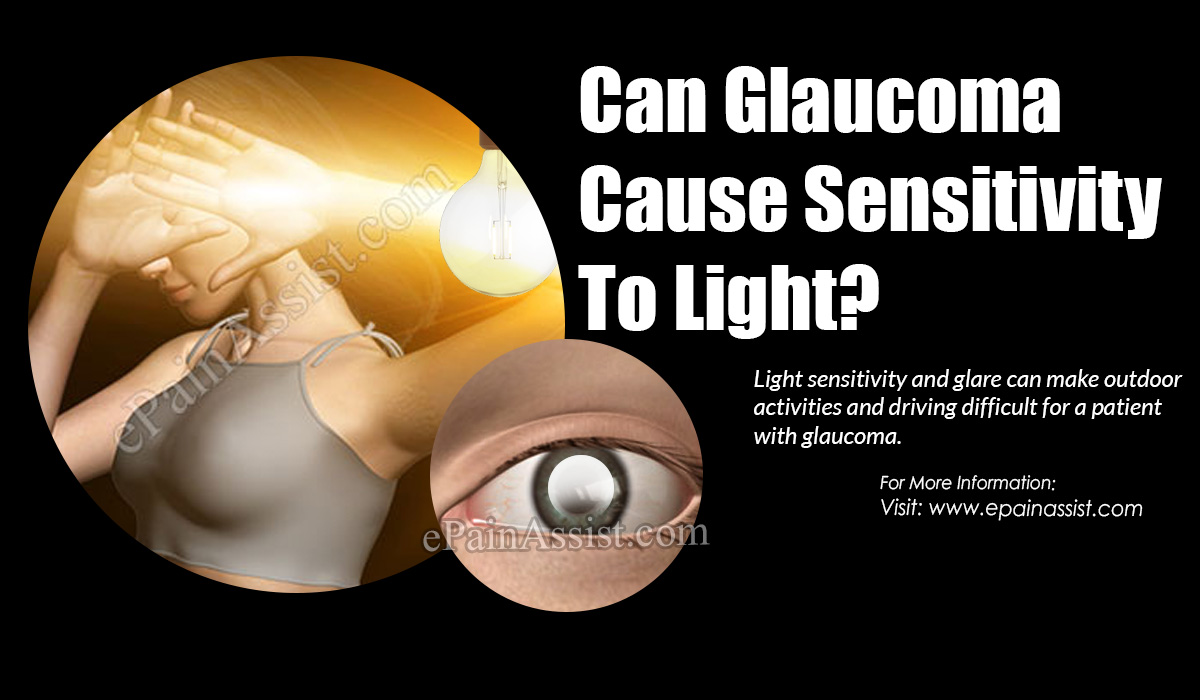Glaucoma is an eye condition causing gradual vision loss due to damage to optic nerve, which causes increase in intraocular pressure. Glaucoma, if left untreated will continue to damage optic nerve and ultimately lead to permanent loss of vision blindness. It is the second leading cause of permanent blindness across the world, the first being cataract.
Glaucoma is caused by increased pressure in the eye leading to irreversible optic nerve damage, which is highly susceptible to increased pressure. Glaucoma can also be found in people with normal intraocular pressure due to decreased blood flow to the optic nerve. The other causes that might lead to glaucoma are injury to the eye, inflammatory conditions, severe eye infection, blocked blood vessels in the eye, elevated blood pressure, eye drops that cause dilation and on occasion certain eye surgeries. The risk factors for glaucoma include family history of glaucoma, African-American, African or Asian ethnicity, age over 40 years, history of steroid use, other eye conditions such as myopia or hyperopia and diabetes.

What Are The Types Of Glaucoma?
There Are Commonly Two Types Of Glaucoma:
Open-angle glaucoma is the most common type of glaucoma. This is a chronic type of glaucoma and its frequency increases with age. This is caused by chronic fluid build-up within the eye due to gradual clogging of the drainage system. This type of glaucoma is asymptomatic and there is peripheral loss of vision, which is undetected in the early stages as there are no symptoms.
Angle-closure glaucoma is less common type of glaucoma and can be acute as well as chronic. In this, there is difficulty in drainage of aqueous humor due to decreased angle between iris and cornea leading to increased intraocular pressure. This might also be related to other eye conditions such as cataract or hyperopia.
Other types of glaucoma include congenital glaucoma, secondary glaucoma and normal tension glaucoma.
Can Glaucoma Cause Sensitivity To Light?
Initially, glaucoma is symptom less and as it progresses will lead to peripheral vision loss that might not be detected in early stages. Other symptoms when present include eye pain, headache, vision loss, visual blurring, redness of the eye, halos around lights, corneal haziness, nausea, vomiting and narrowed vision (tunnel vision). Glaucoma can also cause light sensitivity or photophobia.
Light sensitivity and glare can make outdoor activities and driving difficult for a patient with glaucoma. Patients with glaucoma can experience discomfort from sunlight, fluorescent/incandescent lights and/or halogen lights that are used in car headlights. Miotics (medication for glaucoma) can also cause glare problems in glaucoma patients as they constrict pupils.
Eye Protection in Patients With Glaucoma
As photophobia and glare are common in patients with glaucoma, it becomes mandatory to protect eyes from certain light sources. It is advised to rest the eyes after light exposure and to avoid sitting in front of TV or computer screens for long periods. Eye drops and warm compresses can also be used to alleviate symptoms of photophobia/light sensitivity.
When going out in the sun or driving it is best to use appropriate sunglasses to protect eyes from UV damage and also to minimize glare and photosensitivity. A glaucoma specialist can be consulted when buying appropriate sunglasses, which includes complete UV absorption of up to 400 nm, using mirrored/metallic coating sunglasses (for high glare situations), polarized sunglasses (helpful in driving, snowy or watery environment as it decreases reflected glare), gradient and photochromic lenses.
Light sensitivity and glare makes it difficult for glaucoma patients to drive. They can use lightly tinted such as yellow/amber glasses at night and darker lenses during the day to drive. If these tinted glasses do not help with glare then glaucoma patients should avoid driving. Driving is also dangerous for glaucoma patients if there is loss of peripheral vision, or there is blurred vision, increased photosensitivity or there are close/missed vehicular accidents then the patient needs to limit his/her driving. Patients should also get their eyes evaluated and screened further.
Also Read:
- Is Exercise Good For Glaucoma?
- Can You Drive After Glaucoma Surgery?
- What is the Best Medicine for Glaucoma?
- What is the Best Natural Remedy for Glaucoma?
- Do Sunglasses Help with Glaucoma?
- What Eye Drops Are Prescribed for Glaucoma?
- Is Glaucoma Surgery Dangerous?
- What are the Side Effects of Glaucoma Surgery?
